


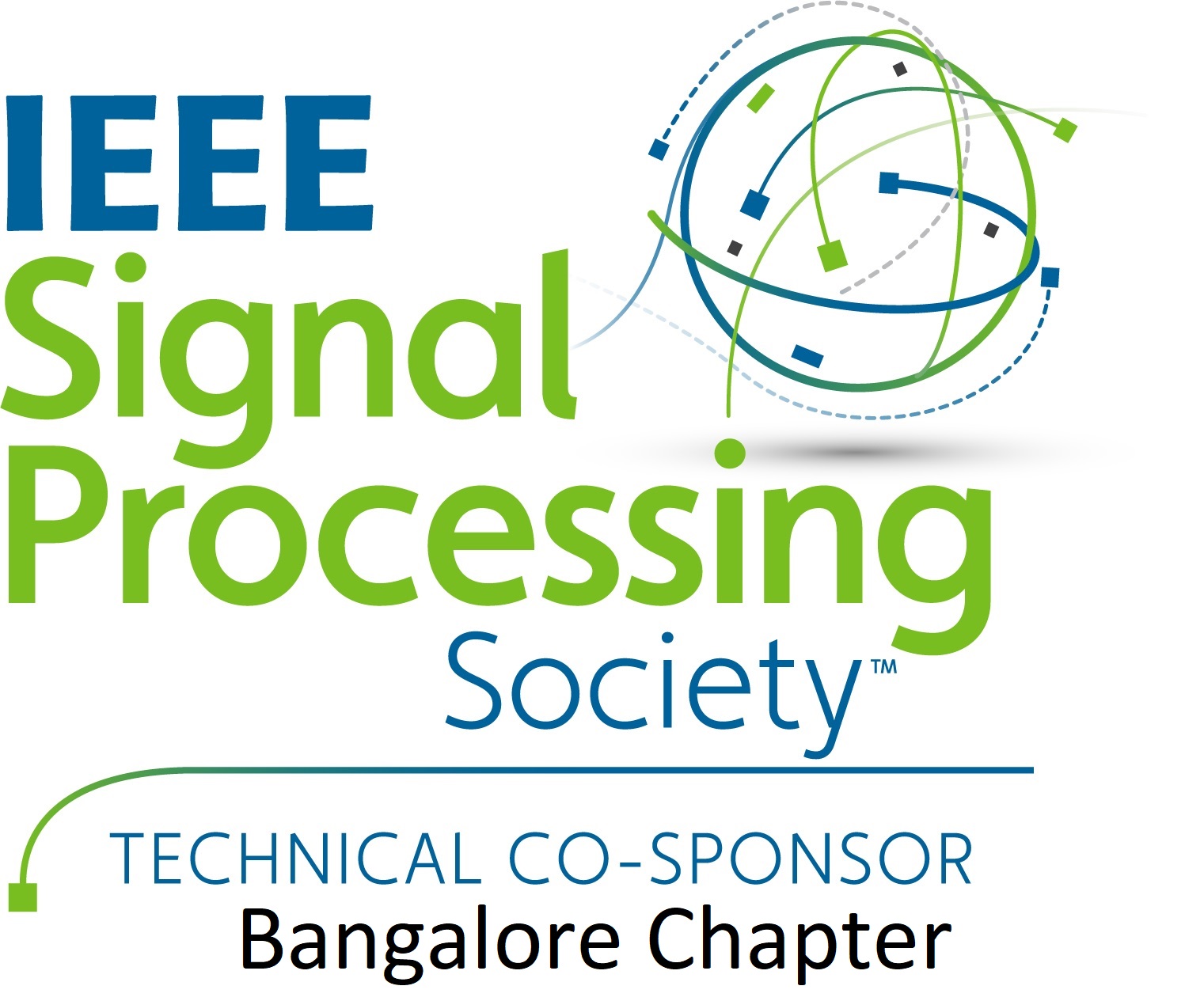


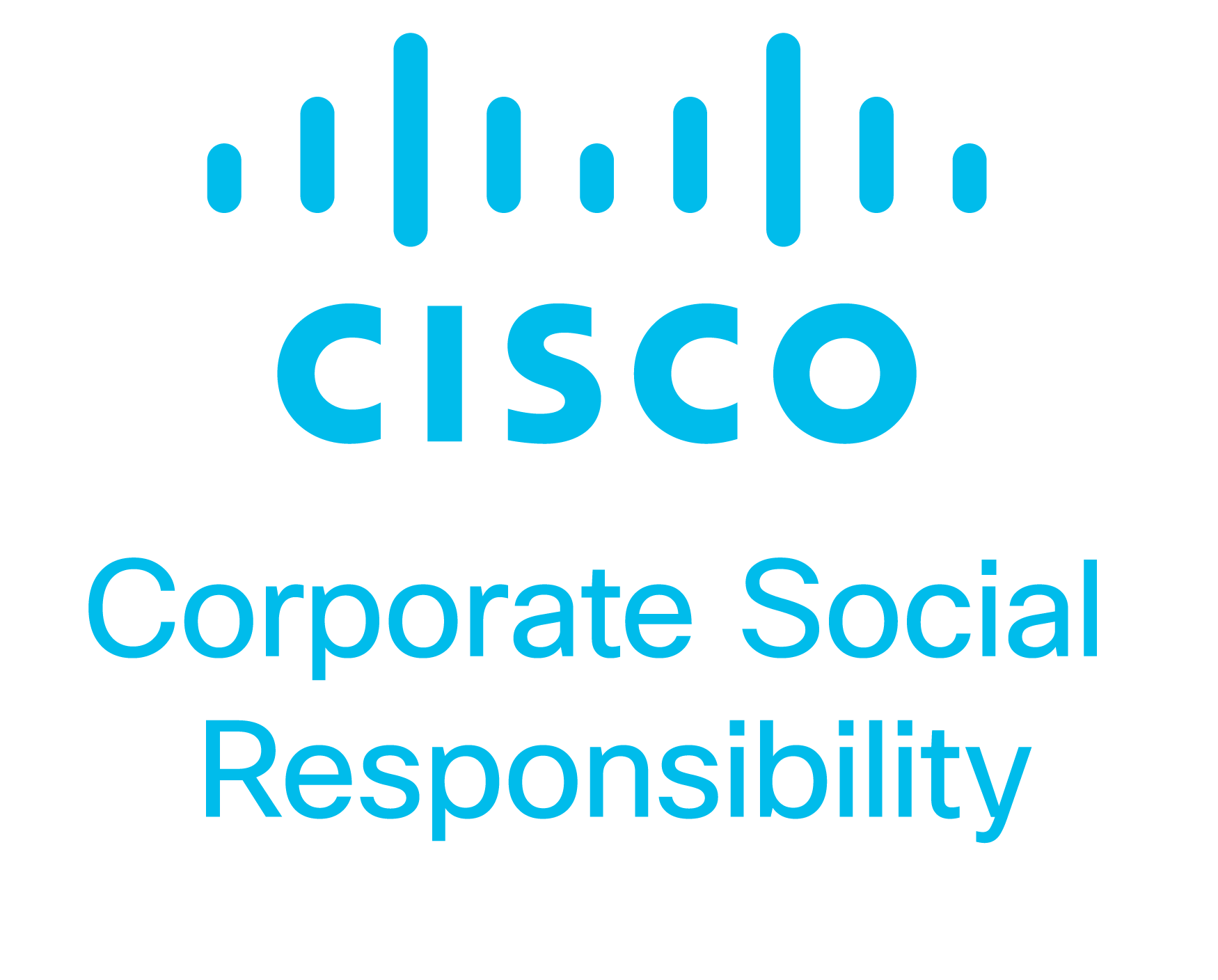
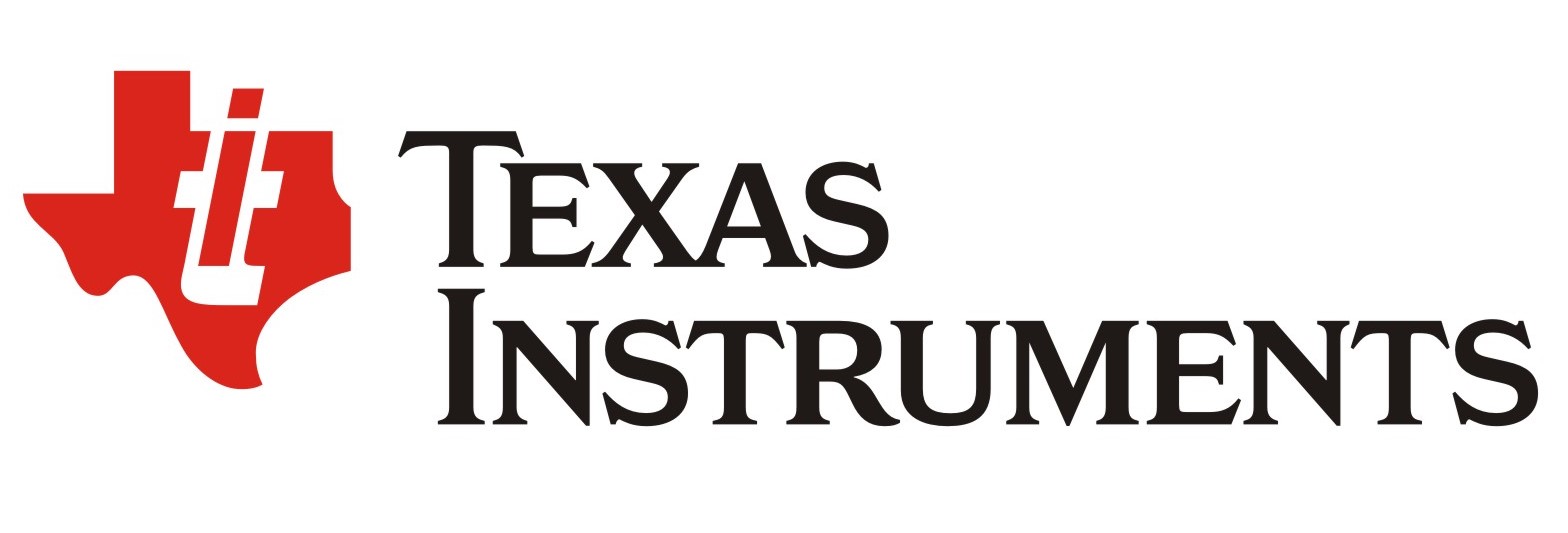

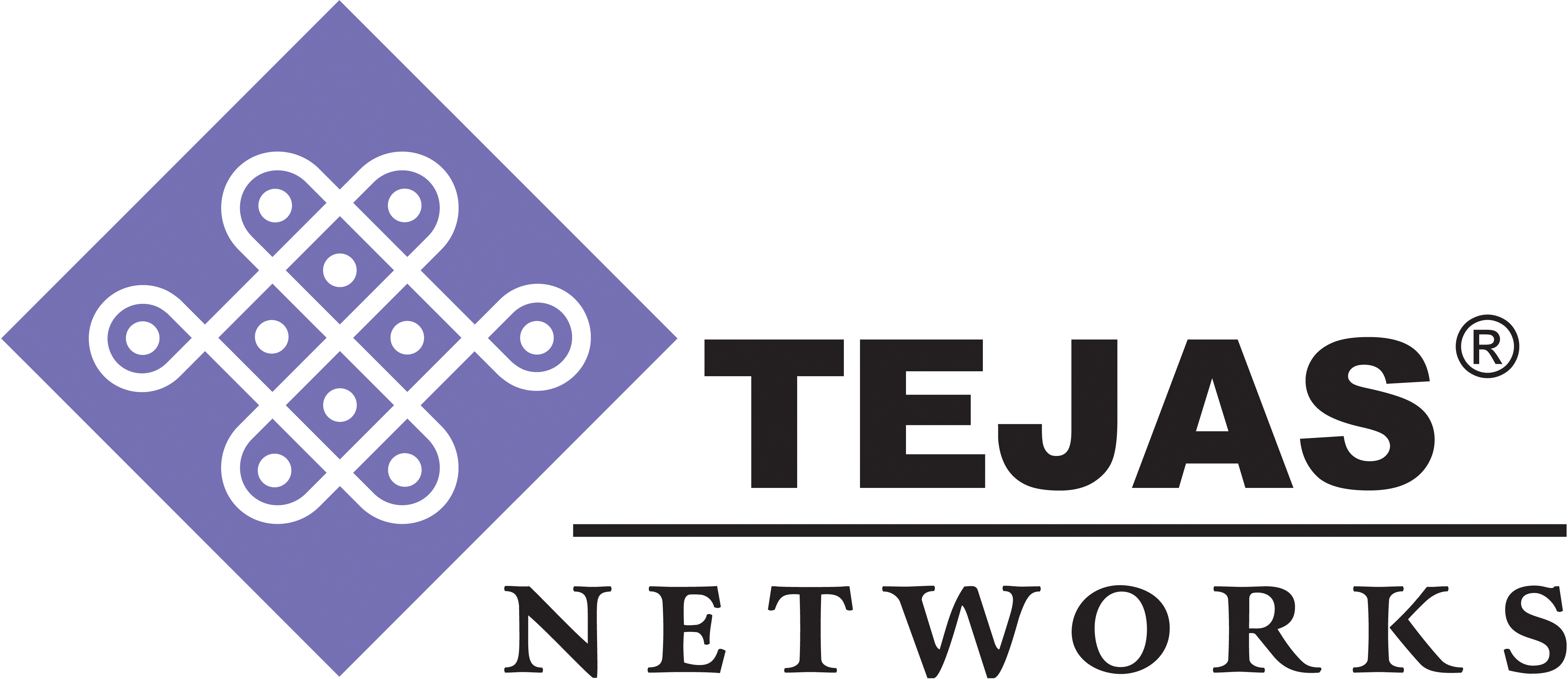


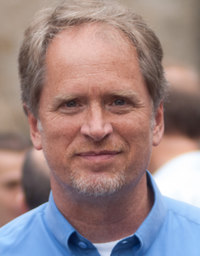
A. Lee Swindlehurst received the B.S. (1985) and M.S. (1986) degrees in Electrical Engineering from Brigham Young University (BYU), and the PhD (1991) degree in Electrical Engineering from Stanford University. He was with the Department of Electrical and Computer Engineering at BYU from 1990-2007, where he served as Department Chair from 2003-06. During 1996-97, he held a joint appointment as a visiting scholar at Uppsala University and the Royal Institute of Technology in Sweden. From 2006-07, he was on leave working as Vice President of Research for ArrayComm LLC in San Jose, California. Since 2007 he has been a Professor in the Electrical Engineering and Computer Science Department at the University of California Irvine, where he served as Associate Dean for Research and Graduate Studies in the Samueli School of Engineering from 2013-16. During 2014-17 he was also a Hans Fischer Senior Fellow in the Institute for Advanced Studies at the Technical University of Munich. In 2016, he was elected as a Foreign Member of the Royal Swedish Academy of Engineering Sciences (IVA). His research focuses on array signal processing for radar, wireless communications, and biomedical applications, and he has over 300 publications in these areas. Dr. Swindlehurst is a Fellow of the IEEE and was the inaugural Editor-in-Chief of the IEEE Journal of Selected Topics in Signal Processing. He received the 2000 IEEE W. R. G. Baker Prize Paper Award, the 2006 IEEE Communications Society Stephen O. Rice Prize in the Field of Communication Theory, the 2006 and 2010 IEEE Signal Processing Society’s Best Paper Awards, and the 2017 IEEE Signal Processing Society Donald G. Fink Overview Paper Award.
Abstract: To reduce the cost and energy consumption associated with wireless communications systems employing massive MIMO, the use of low-resolution analog-to-digital converters (ADCs) has been proposed. The case of one-bit quantization has received the most attention, and offers the highest degree of complexity and power savings, but also suffers from the greatest performance loss. In this talk, we examine an alternative one-bit quantization scheme based on a spatial analog of the well-known Sigma-Delta modulation idea. The spatial Sigma-Delta sampling architecture exploits either oversampled antenna arrays (elements spaced less than one-half wavelength apart) or spatially correlated users located in contiguous angular sectors, to achieve dramatically better performance, with only a very slight increase in hardware complexity. We will explain the spatial Sigma-Delta architecture and illustrate its performance via several simulations. We will also examine the impact of mutual coupling, and show that the loss due to the coupling is offset by the gains due to oversampling. We will then briefly describe a 2-D rectangular array employing Sigma-Delta sampling in the vertical dimension only that achieves low quantization error over angular sectors typically encountered in cellular systems, e.g., 120 degrees in azimuth and 45 degrees in elevation.
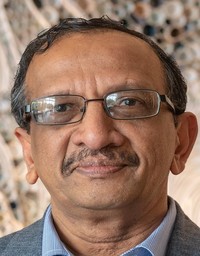
Bhaskar D. Rao received the B.Tech. degree in electronics and electrical communication engineering from the Indian Institute of Technology, Kharagpur, India, in 1979 and the M.S. and Ph.D. degrees from the University of Southern California, Los Angeles, in 1981 and 1983, respectively. Since 1983, he has been with the University of California at San Diego, La Jolla, where he is currently a Distinguished Professor in the Electrical and Computer Engineering department. He is the holder of the Ericsson endowed chair in Wireless Access Networks and was the Director of the Center for Wireless Communications (2008-2011). Prof. Rao’s interests are in the areas of digital signal processing, estimation theory, and optimization theory, with applications to digital communications, speech signal processing, and biomedical signal processing.
Prof. Rao was elected fellow of IEEE in 2000 for his contributions to the statistical analysis of subspace algorithms for harmonic retrieval. His work has received several paper awards; 2013 best paper award at the Fall 2013, IEEE Vehicular Technology Conference for the paper “Multicell Random Beamforming with CDF-based Scheduling: Exact Rate and Scaling Laws,” by Yichao Huang and Bhaskar D Rao, 2012 Signal Processing Society (SPS) best paper award for the paper “An Empirical Bayesian Strategy for Solving the Simultaneous Sparse Approximation Problem,” by David P. Wipf and Bhaskar D. Rao published in IEEE Transaction on Signal Processing, Volume: 55, No. 7, July 2007, 2008 Stephen O. Rice Prize paper award in the field of communication systems for the paper “Network Duality for Multiuser MIMO Beamforming Networks and Applications,” by B. Song, R. L. Cruz and B. D. Rao that appeared in the IEEE Transactions on Communications, Vol. 55, No. 3, March 2007, pp. 618-630. (http://www.comsoc.org/ awards/rice.html), among others. Prof. Rao is also the recipient of the 2016 IEEE Signal Processing Society Technical Achievement Award. Prof. Rao has been a member of the Statistical Signal and Array Processing technical committee, the Signal Processing Theory and Methods technical committee, the Communications technical committee of the IEEE Signal Processing Society and is currently chair of the Machine learning for Signal Processing technical committee.
Abstract: Sparse Bayesian Learning (SBL) methods that employ a Gaussian scale mixture prior have been successfully applied for solving the sparse signal recovery (SSR) problem. The Expectation-Maximization (SBL-EM) based inference algorithm will be examined and interpreted using a beamforming framework. A contrast with the classical minimum power distortionless response (MPDR) beamformer will be drawn and the benefits highlighted. An interesting finding is the explanation to the ability of SBL to deal with correlated sources. For a uniform linear array (ULA), the Toeplitz approximation property of SBL will be discussed and the potential benefits for a nested array demonstrated by locating more sources than sensors.
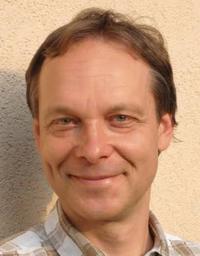
Michael Unser is professor and director of EPFL's Biomedical Imaging Group, Lausanne, Switzerland. His primary area of investigation is biomedical image processing. He is internationally recognized for his research contributions to sampling theory, wavelets, the use of splines for image processing, stochastic processes, and computational bioimaging. He has published over 350 journal papers on those topics, many of which are highly cited (Google scholar h-index >100). He is the author with P. Tafti of the book “An introduction to sparse stochastic processes”, Cambridge University Press 2014.
From 1985 to 1997, he was with the Biomedical Engineering and Instrumentation Program, National Institutes of Health, Bethesda USA, conducting research on bioimaging. Dr. Unser has served on the editorial board of most of the primary journals in his field including the IEEE Transactions on Medical Imaging (associate Editor-in-Chief 2003-2005), IEEE Trans. Image Processing, Proc. of IEEE, and SIAM J. of Imaging Sciences. He is the founding chair of the technical committee on Bio Imaging and Signal Processing (BISP) of the IEEE Signal Processing Society. Prof. Unser is a fellow of the IEEE (1999), an EURASIP fellow (2009), and a member of the Swiss Academy of Engineering Sciences. He is the recipient of several international prizes including five IEEE-SPS Best Paper Awards, two Technical Achievement Awards from the IEEE (2008 SPS and EMBS 2010), the Technical Achievement Award from EURASIP (2018), and a recent Career Achievement Award (IEEE EMBS 2020).
Abstract: Our intent is to demonstrate the optimality of splines for the resolution of inverse problems in imaging and the design of deep neural networks. To that end, we first describe a recent representer theorem that states that the extremal points of a broad class of linear inverse problems with generalized total-variation regularization are adaptive splines whose type is linked to the underlying regularization operator L. For instance, when L is n-th derivative (resp., Laplacian) operator, the optimal reconstruction is a non-uniform polynomial (resp., polyharmonic) spline with the smallest possible number of adaptive knots.
The crucial observation is that such continuous-domain solutions are intrinsically sparse, and hence compatible with the kind of formulation (and algorithms) used in compressed sensing. We then make the link with current learning techniques by applying the theorem to optimize the shape of individual activations in a deep neural network. By selecting the regularization functional to be the 2nd-order total variation, we obtain an “optimal” deep-spline network whose activations are piecewise-linear splines with a few adaptive knots. Since each spline knot can be encoded with a ReLU unit, this provides a variational justification of the popular ReLU architecture. It also suggests some new computational challenges for the determination of the optimal activations involving linear combinations of ReLUs.
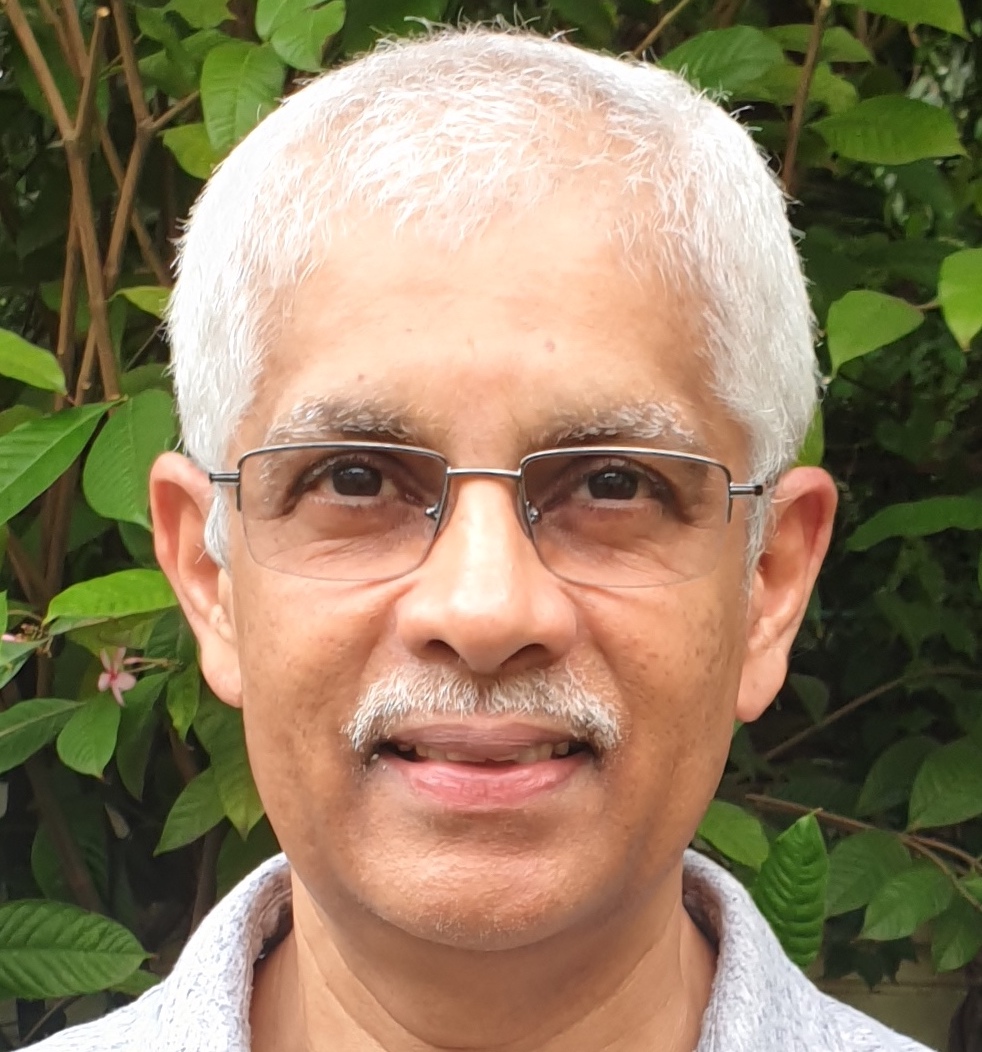
P. Vijay Kumar received the B.Tech. and M.Tech. degrees from IIT Kharagpur and IIT Kanpur respectively, and the Ph.D. degree from USC in 1983, all in Electrical Engineering. From 1983 to 2003 he was on the faculty of the EE-Systems Department at USC. Since 2003, he has been on the faculty of IISc Bengaluru. He currently also holds the position of Visiting Professor at USC. His current research interests include codes for low-latency communication, codes for distributed storage and low-correlation sequences. He is a recipient of the 1995 IEEE Information Theory Society Prize-Paper award and the IEEE Data Storage Best Paper Award of 2011/2012. A pseudorandom sequence family designed in a 1996 paper co-authored by him now forms the short scrambling code of the 3G WCDMA cellular standard. He received the USC School of Engineering’s Senior Research Award in 1994, the Rustum Choksi Award for Excellence in Research in Engineering in 2013 at IISc and the 2017-22 J. C. Bose National Fellowship awarded by the Department of Science and Technology. He was on the Board of Governors of the IEEE Information Theory (IT) Society in 2013-15, was a plenary speaker at ISIT 2014, a TPC Co-Chair of ISIT 2015 and is currently Chair (2019-2021) of the IT Society Conference Committee. He is a Fellow of the INAE, IAS and INSA (Indian academies.)
Abstract: In this talk, we discuss erasure-correcting codes for channels with burst and random erasures, under a strict decoding delay constraint. Thus these codes are relevant to the recent low-latency initiatives in 5G communication. We assume a sliding-window, packet-erasure model that serves as a tractable approximation to the Gilbert Elliott channel. We present rate-optimal constructions and also discuss potential applications.